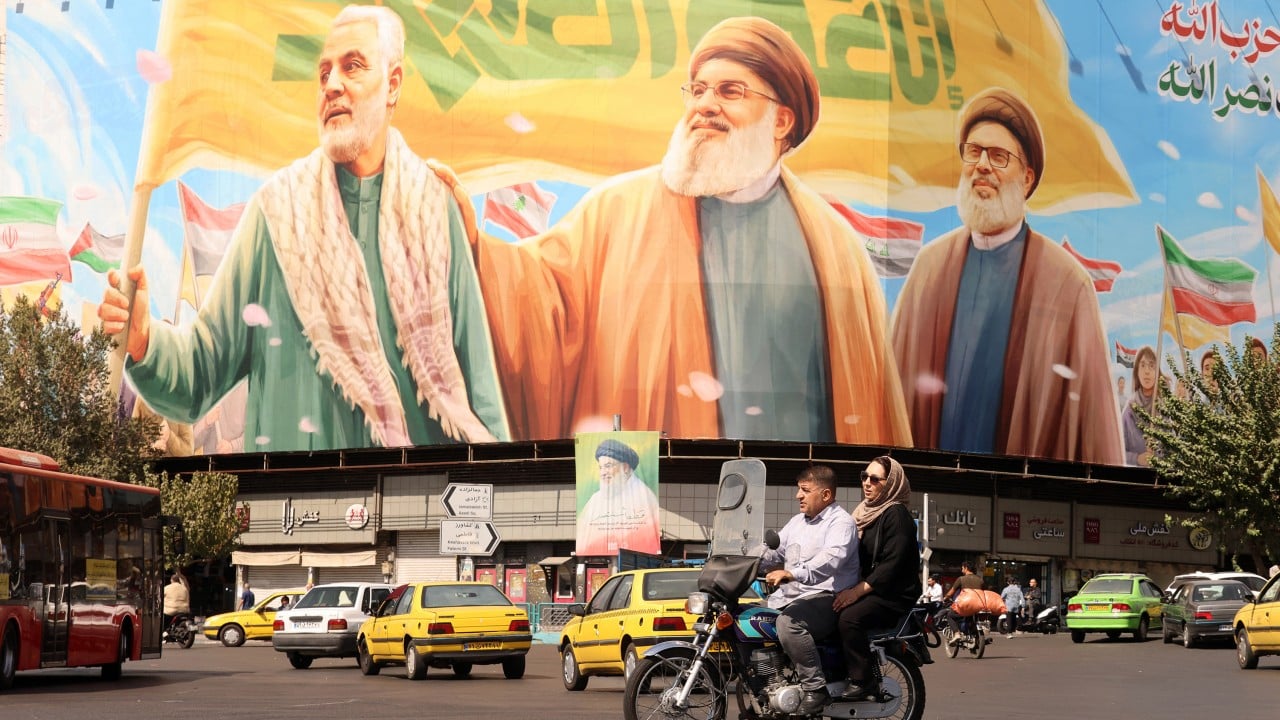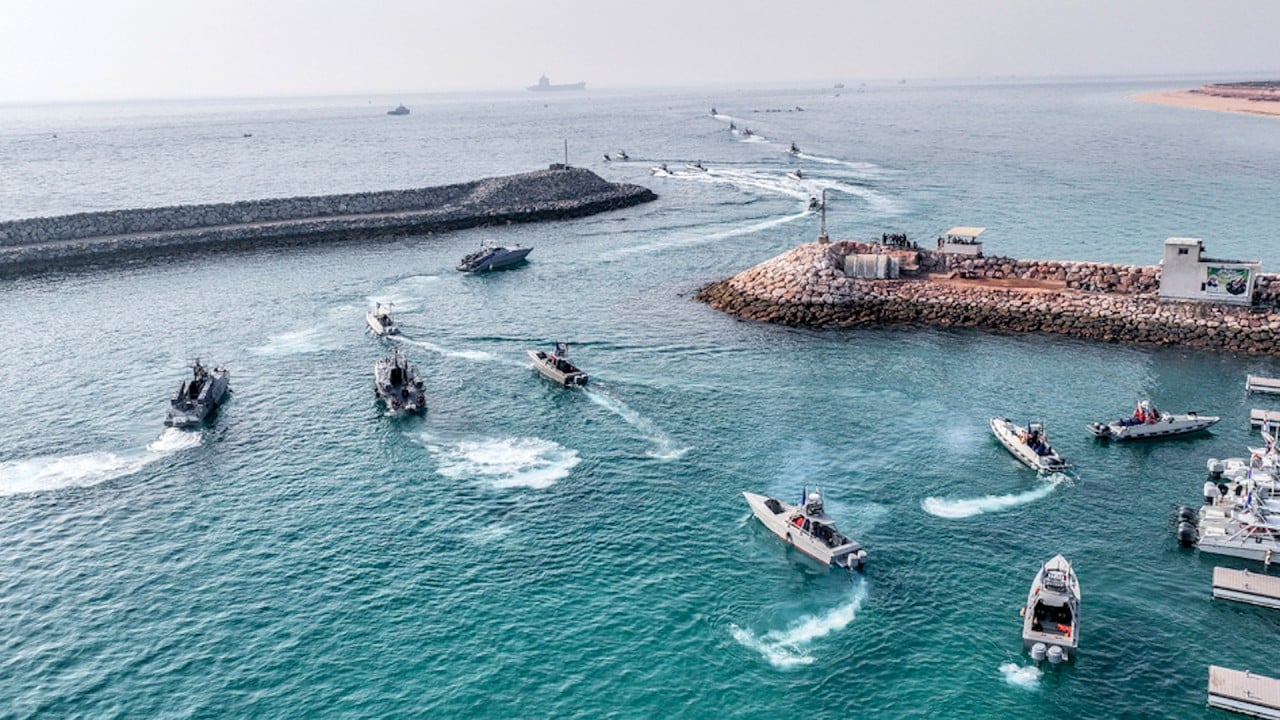The rejection of the Russian-Chinese proposal at the UN Security Council on September 26 closed the final diplomatic window to delay the return of sanctions against Iran. This moment signals a turning point in Gulf security and global power dynamics. For Tehran, already battered by inflation and economic isolation, the return of sanctions narrows options and makes asymmetric responses more likely.
Advertisement
The Strait of Hormuz, through which nearly one-fifth of global oil supply passes, remains Iran’s most potent lever, but Tehran doesn’t need to close it outright. By tightening inspections, complicating routing or enabling calibrated instability by proxies, Iran can raise insurance premiums, inflate freight costs and disrupt energy markets. This externalises part of the sanctions burden and reminds the West that economic coercion carries global risks.
Nearly 80 per cent of Gulf oil exports are destined for Asia, meaning that any Iranian move to raise risks in the strait would hit China, Japan, South Korea and other regional economies first. Energy price shocks and shipping delays would both disrupt industrial supply chains and complicate post-pandemic recoveries across Asia. This makes the question of Iran’s stability and China’s engagement far more urgent for East Asia than for Europe or the United States.
Closer to home, renewed sanctions will deepen inflation, devalue the Iranian rial and strain government resources. Exporting instability via the Gulf becomes a tool to manage internal distress, yet such a strategy is incomplete on its own. Iran risks being cornered without external lifelines, and here China emerges as a critical partner. Beijing is not merely a buyer of discounted Iranian oil; it is Tehran’s most viable partner for investment, diversification and long-term resilience.
In 2024, non-oil trade between Iran and China reached about US$34.1 billion, involving US$14.8 billion in Iranian exports and US$19.3 billion in imports. China’s LDK Solar also secured a €1 billion (US$1.2 billion) deal with Iran’s Ghadir Investment Group to build a major solar energy project that year. These figures reveal that China can anchor economic activity in Iran even amid sanctions. Even so, the asymmetry is clear: most gains favour China.
Advertisement
This makes the rejection of the delay proposal a moment of reckoning for Beijing. For China, which depends on Gulf energy for around 40 per cent of its imports, allowing Iran to collapse would be strategic malpractice. Saudi Arabia is likely to consolidate regional dominance if Iran succumbs to sanctions pressure, and Riyadh’s alignment with Washington could tighten US control over Gulf energy flows.


